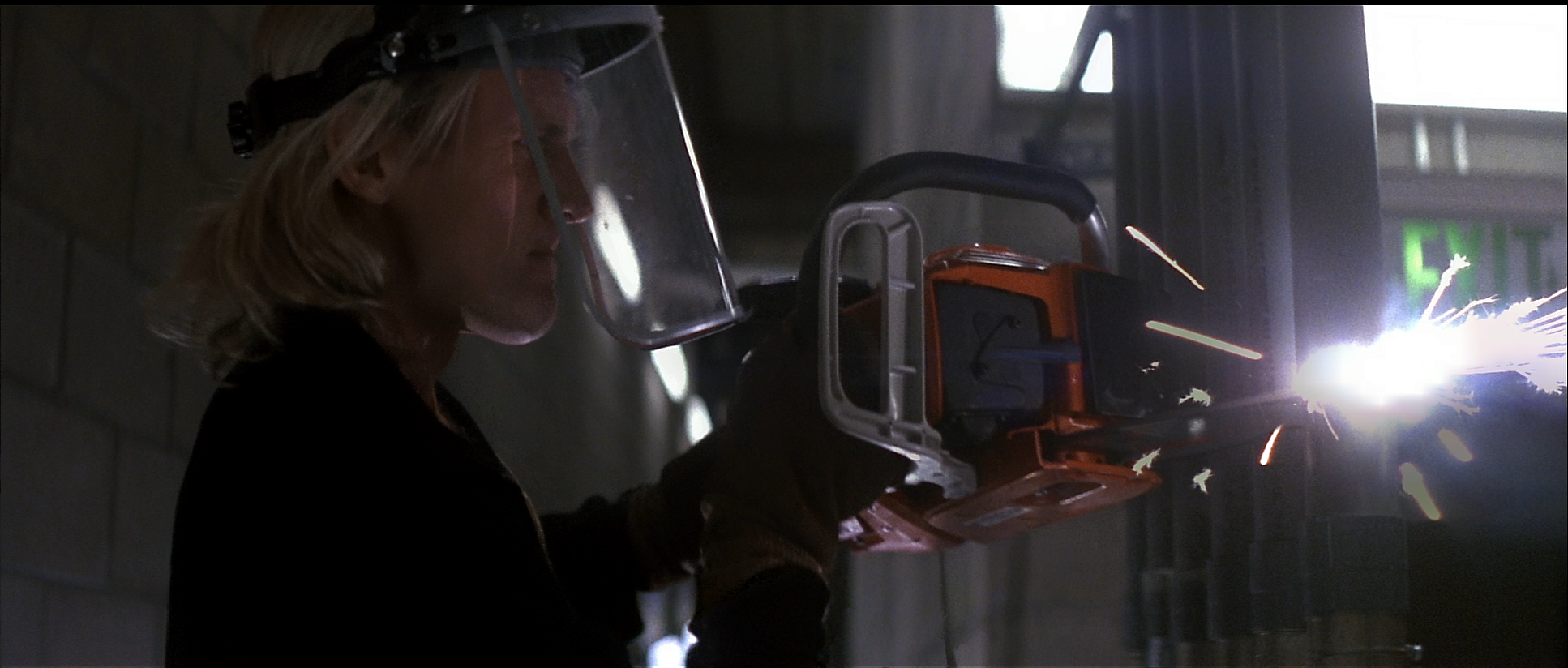Thursday, February 26, 2015
Wednesday, February 25, 2015
Thursday, February 19, 2015
Indiana Jones and the Film Review of Doom: Due 2/24
In class we have been watching the Indiana Jones trilogy as an introduction to a unit on the work of Steven Spielberg. Yes, there are only three Indiana Jones films. These films are widely accepted as some of the greatest adventure films of all time, though some may beg to differ.
Read the following two film reviews on Raiders of the Lost Ark. The first is a review by embittered film critic Pauline Kael who rips the movie apart. The second link is to an extremely well written review by an amazing human being, Roger Ebert, who loved the film. You may use these two examples, or any other reviews, as a guide on what to include in a typical film review. Remember, yours will be much shorter.
Pauline Kael
Roger Ebert
For your assignment, you are to write a 750 word review of any one of the three Indiana Jones movies. (You also have the option to review the trilogy as a whole if you watched all three...or you can choose to review Indiana Jones and the Kingdom of Follow the Crazy Man to the Alien Skull Shrine) Reviews are to be submitted in hard copy (please, no emails) by the start of class Tuesday, 2/24.
| I want you to kill all the gophers on the course. |
Read the following two film reviews on Raiders of the Lost Ark. The first is a review by embittered film critic Pauline Kael who rips the movie apart. The second link is to an extremely well written review by an amazing human being, Roger Ebert, who loved the film. You may use these two examples, or any other reviews, as a guide on what to include in a typical film review. Remember, yours will be much shorter.
Pauline Kael
Roger Ebert
For your assignment, you are to write a 750 word review of any one of the three Indiana Jones movies. (You also have the option to review the trilogy as a whole if you watched all three...or you can choose to review Indiana Jones and the Kingdom of Follow the Crazy Man to the Alien Skull Shrine) Reviews are to be submitted in hard copy (please, no emails) by the start of class Tuesday, 2/24.
 |
| What do you mean I can't email it? |
Thursday, February 12, 2015
The 180 Degree Rule and The PG-13 Rating
This will help you film dialogue sequences in your films:
The PG-13 video:
Labels:
180 Degree Rule,
Clark,
PG-13,
Steven Spielberg
Tuesday, February 3, 2015
Week 2/2-2/6
We will be giving you time in class to work on your dystopia projects this week. On Friday (2/6), we will be watching and discussing Casablanca in class. By the end of the week, we need the following from each group:
- A finished version of your script by the start of class Friday (2/6)
- A list of the locations where you will be shooting your film
- 60-90 seconds of edited footage due by end of class Thursday (2/5), uploaded to a computer in the media lab.
Also by Friday (2/6), please read this article from The New York Times on Groundhog Day. In a well written comment, please post a response to the article detailing your own personal religious or philosophical interpretation of the film.
Sunday, February 1, 2015
Pretty in Pink and The Money Pit
"Pretty in Pink" and "The Money Pit" were both made in 1986. The 1980's were a time obsessed with money and these films both exemplify this theme. In "Pretty in Pink," Andie is a poor girl who is looked down on by the preppy, rich people at her school, even the guy from "Weekend at Bernie's" who she really thinks she has a chance with.
In "The Money Pit," Walter and Anna are broke enough that they have to borrow money from a rich child to buy what can only loosely be considered a house. Through trial and tribulation, however, the protagonists all get their way and live happily ever after (for richer or poorer) because these are romantic comedies.
Music also plays an important role in these movies, reflecting characters' various social classes (i.e. Ducky the punk rocker in "Pretty in Pink" and the Maestro, Anna's rich ex-husband).
 |
| Nothing says "Punk" like rainbow socks |
 |
| Hasn't Tom Hanks suffered enough?! |
Your assignment: In a thoughtfully composed response, compare these two films. You can use the theme of money or music, or stick to the plots and the idea of love itself. What do these movies have in common? How do they portray American society in the 1980's?
Also, think about how these two 80's movies resonate with contemporary viewers. Is today's society obsessed with money as it was in the 80's? Do Oakcrest students form cliques with only students in the same socio-economic class?
One paragraph or so will suffice.
Responses due by the start of class Tuesday, 2/3
Subscribe to:
Comments (Atom)






